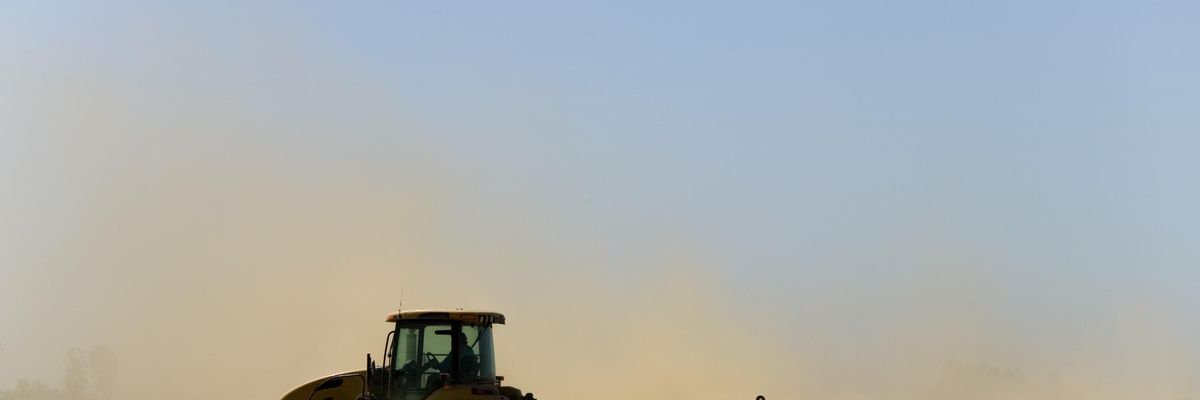The United States just experienced the hottest summer ever, breaking the record set in 1936 when the Dust Bowl Era took hold amid extreme heat, drought, crop failures that upended the country.
According to data and new analysis released Thursday by the National Oceanic and Atmospheric Administration (NOAA):
During meteorological summer (June-August), the average temperature for the Lower 48 was 74.0degF, 2.6degF above average, nominally eclipsing the extreme heat of the Dust Bowl in 1936 by nearly 0.01degF and essentially tying 1936 for the warmest summer on record. A record 18.4 percent of the contiguous U.S. experienced record-warm temperatures for this season. For August, the contiguous U.S. average temperature was also 74.0degF, 1.9degF above the 20th-century average and ranked as the 14th-warmest August on record. For the year to date, the contiguous U.S. temperature was 55.6degF, 1.8degF above the 20th-century average, ranking 13th warmest in the January-August record.
With temperatures extreme in the U.S. in June, July, and August, precipitation was also high. The NOAA data revealed that the total rainfall across the lower 48 states "was 9.48 inches, 1.16 inches above average, ranking eighth wettest in the historical record. The August precipitation total for the contiguous U.S. was 3.09 inches, 0.47 inch above average, ranking 14th wettest in the 127-year period of record."
The combination of high temperatures with drought in some regions and high precipitation in others led to a summer of weather extremes all closely tied to global warming and the climate emergency. As the agency's report notes:
Devastating flash flooding and fatalities resulted from multiple events during August including Tropical Storm Fred in western North Carolina, convective flooding from a complex of storms across middle Tennessee, Hurricane Ida across Louisiana and portions of the Northeast in early September and from Tropical Storm Henri, also across parts of the Northeast. With 35 fatalities accounted for during August*, it was the deadliest month for flooding across the U.S. since Hurricane Harvey in 2017.
Wildfires continued to spread across the western U.S. during August as the Dixie Fire in north-central California became the second-largest fire in the state's history. The Caldor Fire also in California grew rapidly during August, threatening South Lake Tahoe communities. Air quality remained a concern across the U.S. as ash and fine particulates from the many wildfires obscured the skies.
Meteorologist and climate expert Jeff Masters expressed awe at the record-setting heat documented in NOAA's latest findings.
"When I began my career as a meteorologist 40 years ago," Masters tweeted Thursday, "I wondered if I would live to see one of America's most iconic weather records fall--the record for hottest summer, set in the great Dust Bowl of 1936. Finally, in 2021, the record has fallen."

